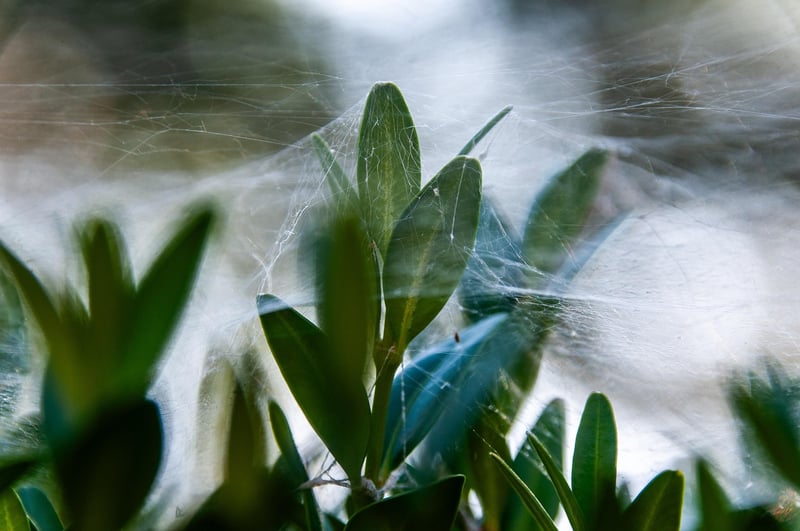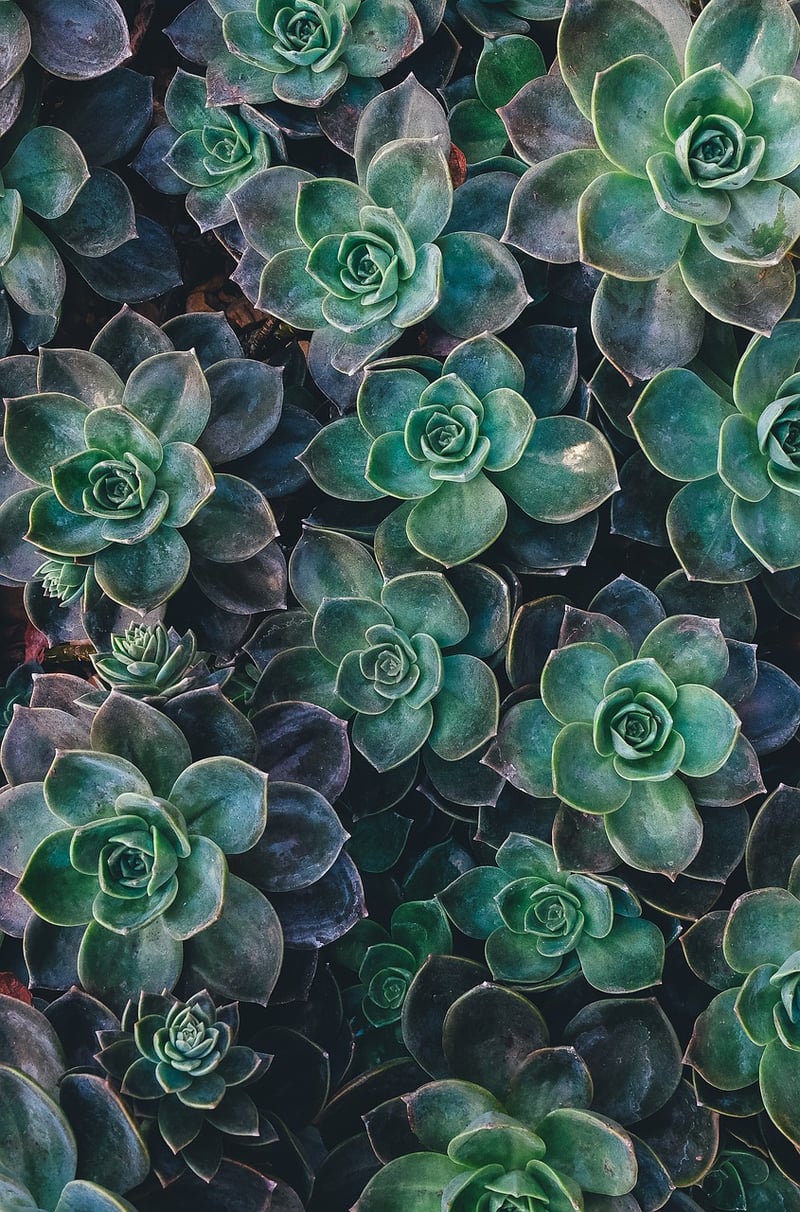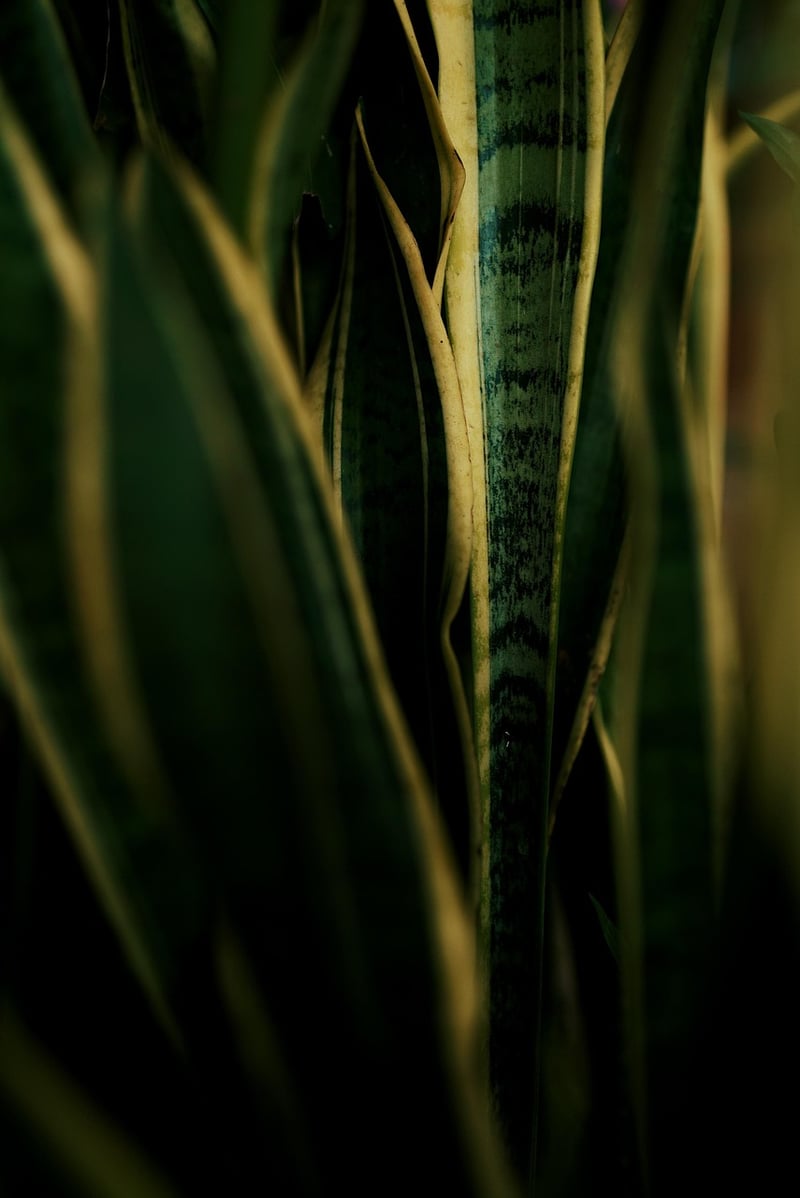Low-maintenance options
Choosing Vertical Growth Plants: Low-Maintenance Options
Vertical gardens are a fantastic way to add greenery to small spaces or create a striking feature in your home. When selecting plants for vertical growth, it's essential to consider low-maintenance options that thrive in such environments. Here are some plant suggestions that are both beautiful and easy to care for:
Succulents
Succulents are ideal for vertical gardens due to their low water requirements and unique appearance. They come in various shapes, sizes, and colors, making them a versatile choice for vertical planters. Consider varieties like Echeveria, Sedum, or Aloe Vera for your vertical garden.
Spider Plant
The spider plant is known for its air-purifying qualities and easy care. It produces baby spider plants that dangle from the mother plant, creating a cascading effect perfect for vertical displays. Spider plants thrive in indirect sunlight and only need occasional watering.

Pothos
Pothos, also known as Devil's Ivy, is a popular choice for vertical gardens. Its trailing vines can grow long and lush, adding a touch of green to any vertical space. Pothos thrives in low light conditions and only requires watering when the soil is dry to the touch.

Air Plants
Air plants, or Tillandsia, are unique in that they don't require soil to grow. They absorb nutrients and moisture through their leaves, making them perfect for vertical displays. Air plants are low-maintenance, requiring occasional misting or soaking to thrive.

Snake Plant
The snake plant, also known as Mother-in-Law's Tongue, is a hardy plant that can withstand neglect and low light conditions. Its upright growth makes it an excellent choice for vertical gardens, adding a touch of modern elegance to any space. Snake plants only need infrequent watering, making them perfect for busy plant lovers.

By choosing low-maintenance plants suited for vertical growth, you can create a stunning green wall or vertical garden with ease. Remember to consider each plant's light and water requirements to ensure they thrive in their vertical environment.
